Adopting a shelter dog is a heartwarming decision that brings a new member into your family and gives a deserving animal a forever home. As you navigate through the adoption process, prepare for a home inspection that is a common step required by many shelters and rescue organizations. This inspection ensures that your home provides a safe and nurturing environment for your new pet.
Getting ready for this visit involves several marked but doable changes and checks around your home to showcase your readiness as a responsible pet parent.

You’ll need to make sure both indoor and outdoor spaces are optimized for a dog’s safety and comfort. This includes securing fences, removing any hazardous substances or items from reach, and setting up a dedicated place your dog can call its own. You’ll also want to demonstrate good maintenance and cleanliness throughout the home, as a clean environment contributes to the well-being of your new companion.
The adoption agency will likely seek reassurance that you understand basic dog behavior and interaction, and you may need to present certain documents that verify your preparation for adding a four-legged member to your household.
Key Takeaways
- Preparing your home for an inspection is crucial to adopting a shelter dog.
- Safety, comfort, and cleanliness are top priorities for home readiness.
- Proper documentation may be required to finalize the adoption.
Key Aspects of Preparing for a Shelter Dog Home Inspection
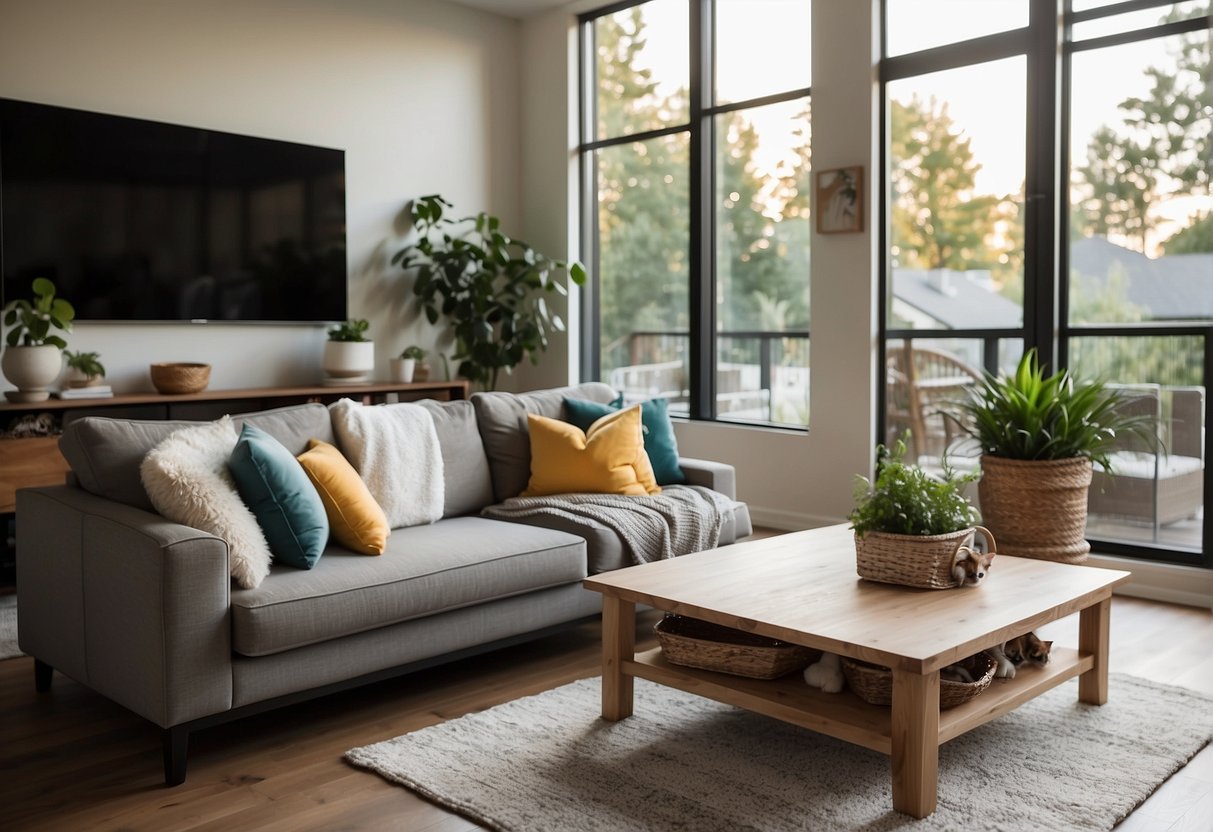
When you’re getting ready for a home visit from a rescue or shelter, think about what they’ll be looking for and how you can show that your home is a safe, welcoming place for a new dog.
Research the Shelter’s Requirements
Before the adoption agency representative steps through your door, make sure you know what they’re expecting. Different shelters might have varying criteria for their home visits. Your first task is to gather this information, which can often be found on the shelter’s website or by contacting them directly. Look for specifics such as:
- Safe environment: Check for hazards that might be harmful to a dog.
- Living space: Ensure the living area is comfortable and suitable for a dog.
- Outdoor area: If you have a yard, it should be secure, with fences high enough to keep a dog safely contained.
Arrange a Pre-Visit
Once you’ve researched what’s expected, it’s time to prepare your home. Set aside time to walk through each room and consider any potential risks from a dog’s perspective. Make notes on areas that need your attention. Adjust your schedule if an over-the-phone or video visit is requested due to circumstances like recent health concerns.
To prepare, make a checklist that includes:
- Eliminating hazards: Tuck away electrical cords and secure cleaning products.
- Creating a dedicated space: Have a specific area where the dog will eat, sleep, and play.
- Routine readiness: Think about a daily routine that incorporates feedings, walks, and bedtime, as consistency is essential for a rescue dog to feel secure.
Ensuring a Safe Environment
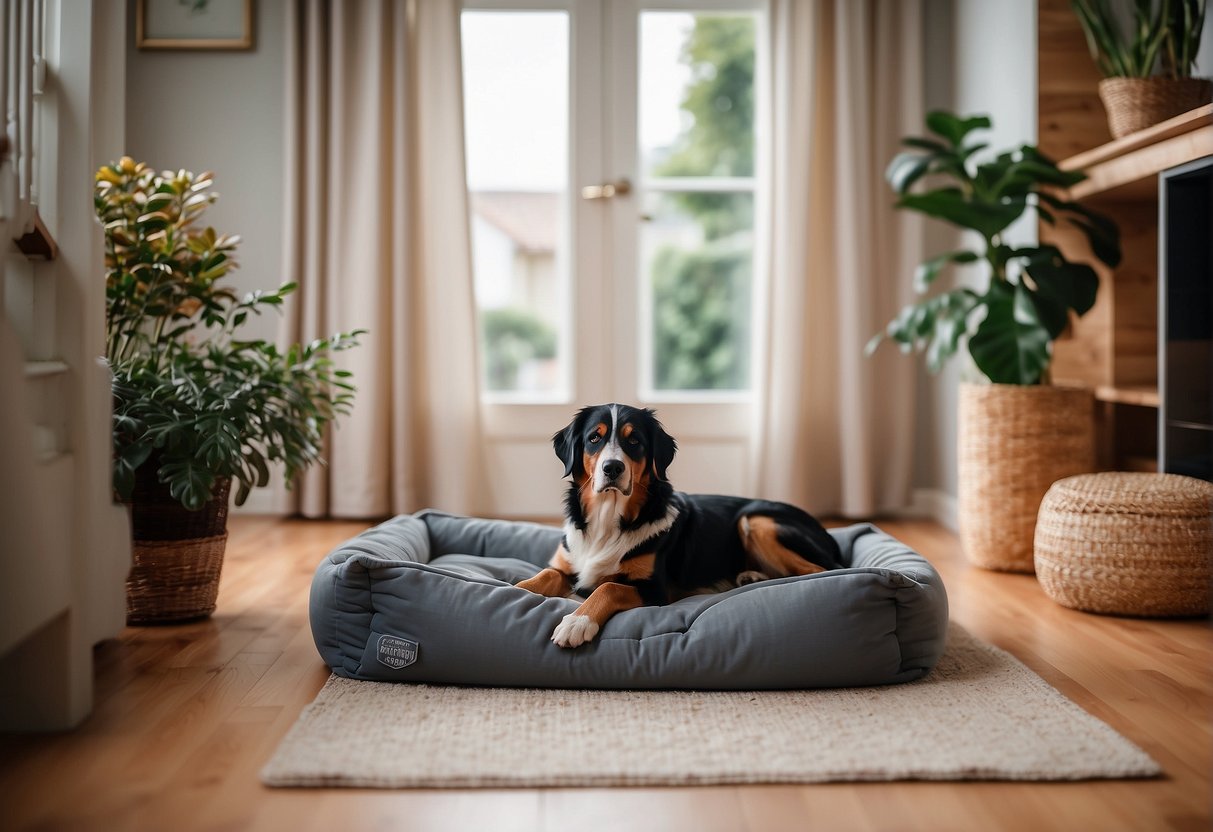
Before a shelter dog can call your place home, you need to make sure it’s safe. It’s all about pet-proofing your space, finding and fixing potential hazards, and making sure nothing harmful is within paw’s reach.
Check for Hazards
Your home is full of spots a dog might get into trouble. Walk through each room and look for things like electrical cords, sharp edges, or small items a dog could chew or swallow. Make sure windows and balconies are secure to prevent falls.
- Living Room: Scan for loose wires, plants that might be toxic, and any small objects that could be a choking hazard.
- Kitchen: As you might guess, this place’s a biggie. Secure trash cans, put away food, and check appliances are out of reach or safely stored.
Secure Toxic Substances
Dogs are curious, and they can’t read labels that say “Keep out of reach of pets.” Cleaning supplies, medications, and even some houseplants could harm your new pal.
- Bathrooms & Laundry Areas: Where you keep cleaners and meds, use childproof latches or high shelves.
- Garage & Garden Sheds: These might have antifreeze, pesticides, or fertilizers. Keep these locked up or on a high shelf.
Secure Small Objects
Dogs explore the world with their mouths. Small things like coins, jewelry, or even kids’ toys can be major choking risks or cause internal blockages if swallowed.
- All Rooms: Double-check the floors, under furniture, and any low-lying areas where these objects might be hiding.
Optimizing Outdoor Spaces
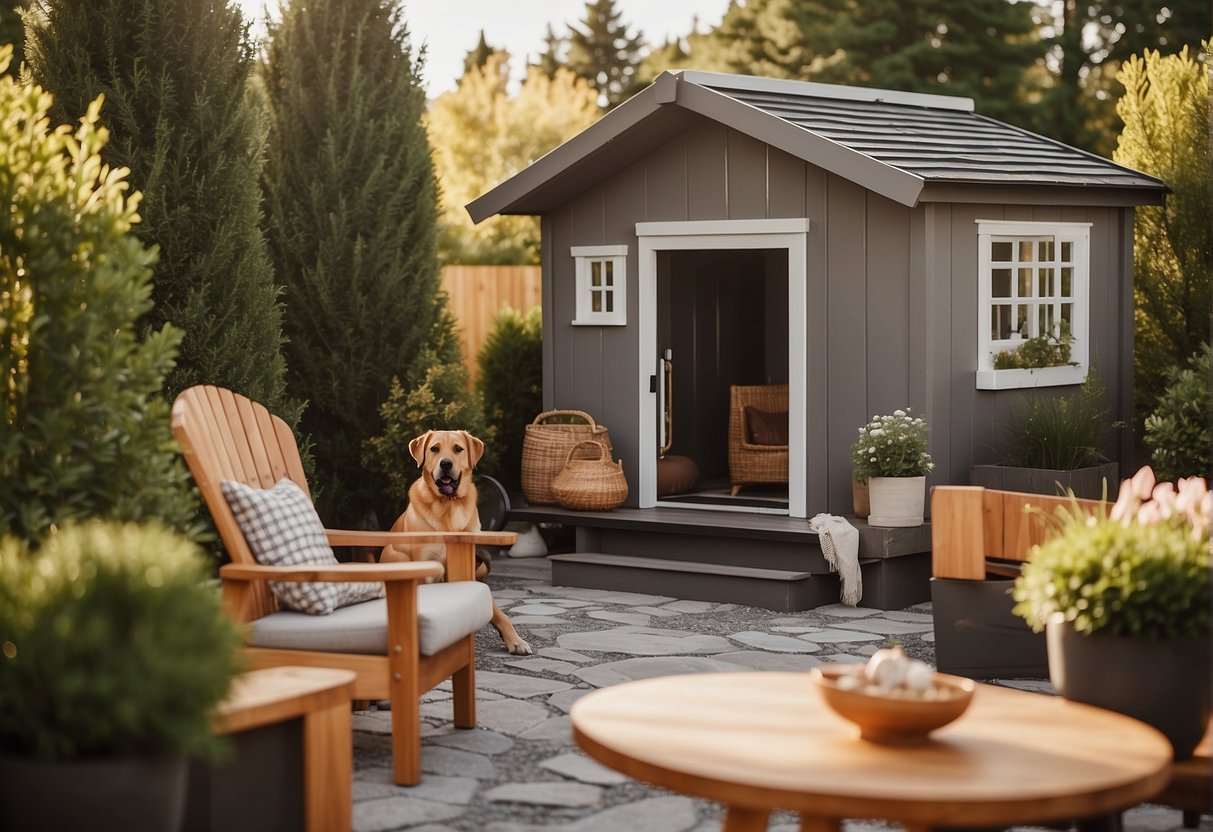
When preparing for a shelter dog home inspection, it’s important to make sure your outdoor spaces are just as safe and welcoming as the inside of your home. Your yard should provide a secure area where your new companion can enjoy playtime without any risks.
Fence Integrity
Check your fence thoroughly for any weak spots or damage. Look for:
- Broken panels or loose posts that could lead to escape or injury.
- Splinters or sharp edges that could harm your dog.
- Gaps large enough for your dog to squeeze through or dig under.
Regular maintenance is key to ensuring a safe environment, so repair or replace any problematic sections promptly.
Toxic Plants
Your garden may have plants that are harmful to dogs. Some common toxic plants include:
- Lilies
- Azaleas
- Tulips
- Oleander
- Sago Palm
Remove these and replace them with dog-friendly alternatives like:
- Sunflowers
- Roses
- Snapdragons
- Camellias
Ensure your yard is free from plants that could put your dog’s health at risk.
Secure Gates
Inspect all gates to guarantee they close properly and lock securely. This not only prevents your dog from getting out but also protects them from other animals getting in. Remember:
- Double-check latches for wear and tear.
- Consider a self-closing mechanism to avoid accidentally leaving the gate open.
- Always lock the gate after use to maintain a secure perimeter during play sessions or while unsupervised.
Comfort and Necessities Inside the Home
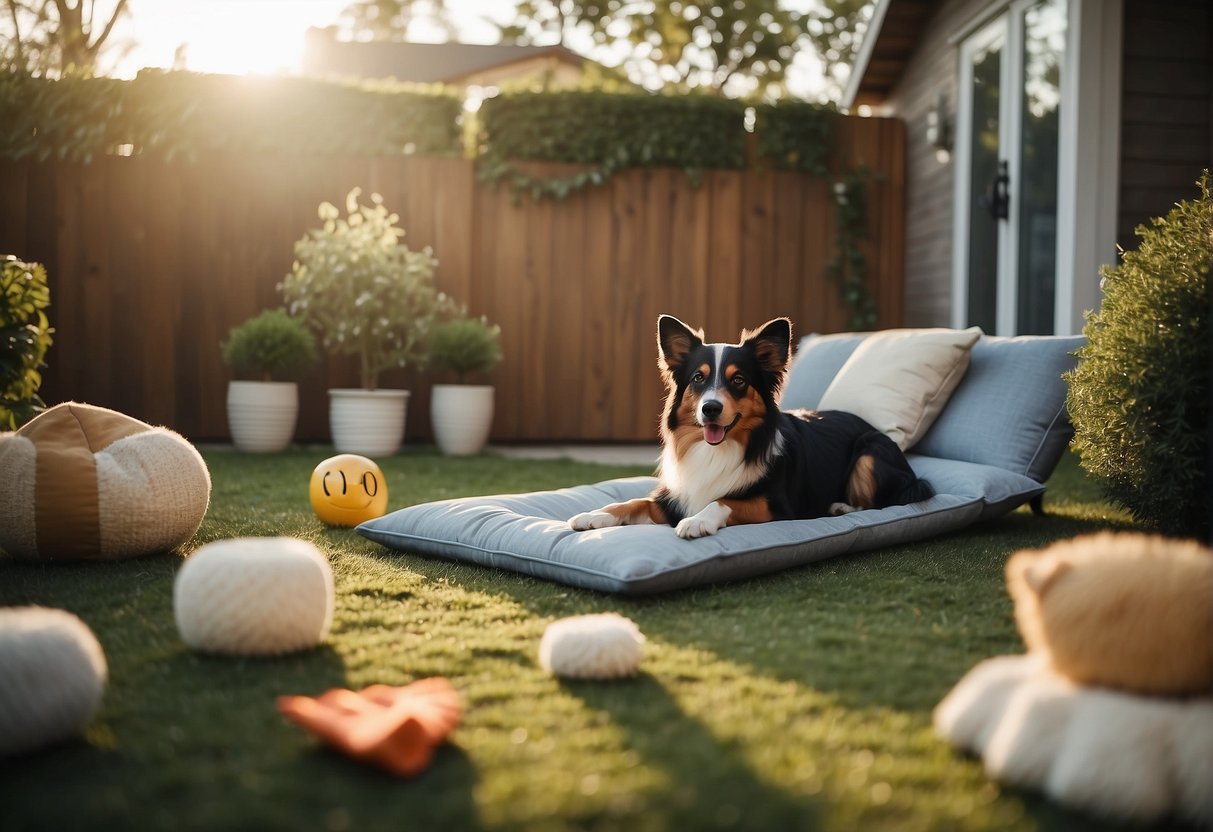
When welcoming a shelter dog into your home, it’s important to create a comfortable environment and provide necessary items that will help your new companion feel safe and secure.
Designate a Dog Area
Select a specific area in your home for your dog. This space should be a safe spot where they can retreat when they need some quiet time. Make sure it’s away from high-traffic zones to minimize stress. In this designated area, place a crate if you’re crate training, as it can serve both as a cozy den and a tool for establishing routine and security.
Sleeping Arrangements
A comfortable bed is essential for your dog’s comfort and can help them adjust to their new home more quickly. The bed should be appropriately sized for your dog to stretch out completely. Ideally, position the bed in the designated dog area or another chosen spot that is draft-free, warm, and provides a sense of safety.
Accessibility to Water and Food Bowls
Consistency is key when setting up feeding areas. Place water and feeding bowls in an easily accessible, permanent spot. Ensure that the bowls are heavy enough to prevent tipping and are made of non-toxic materials. Regular access to fresh water is crucial, and establishing a consistent feeding schedule aids in creating a routine for your dog.
Using positive reinforcement and keeping a consistent schedule are powerful tools for helping your new dog settle in. Keep grooming supplies handy and maintain a regular grooming routine to promote good health and hygiene. And lastly, have a collar and leash ready for those important first walks in their new neighborhood.
General Cleanliness and Maintenance
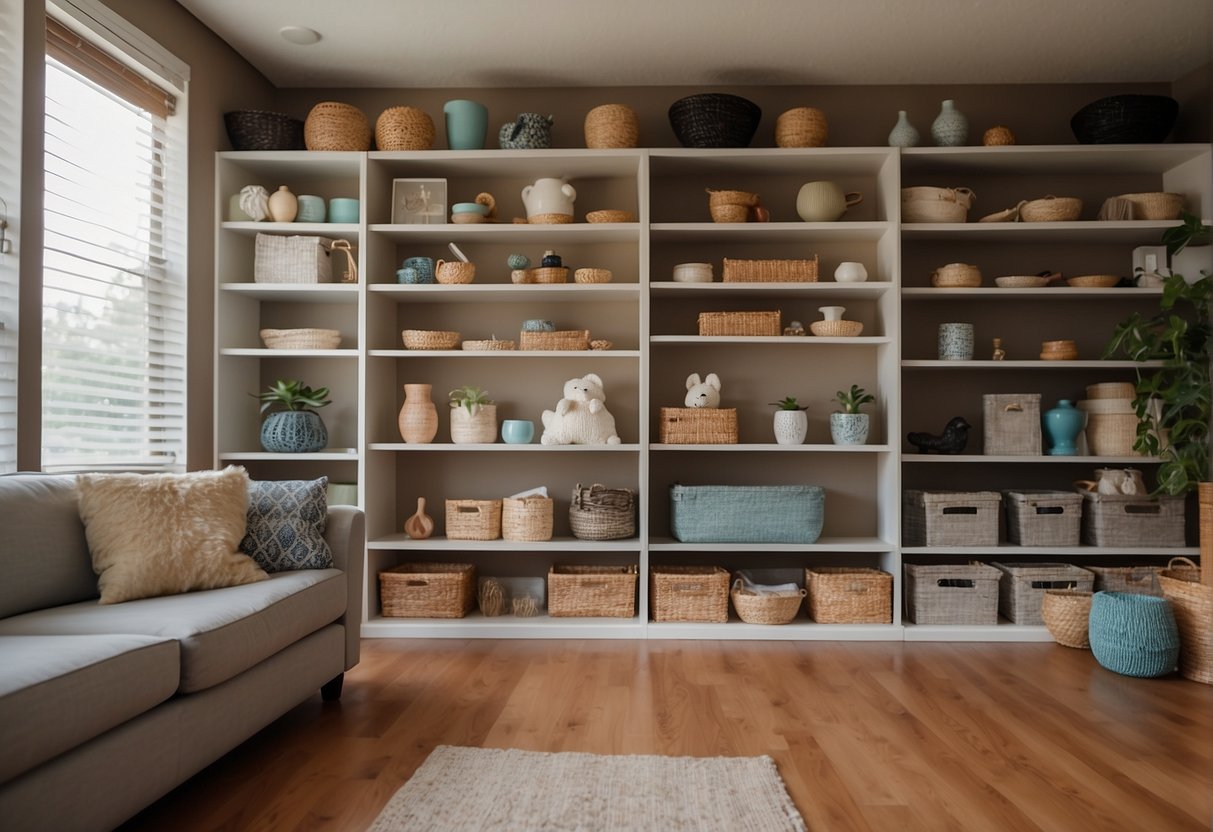
Before a shelter dog home inspection, it’s essential to ensure your home reflects a clean and well-maintained environment. A tidy space with attention to key areas such as the bathroom, kitchen, and floors will present a welcoming atmosphere for both the inspector and the new dog.
General Cleanliness
Your home doesn’t need to be spotless, but it should show that you regularly clean and maintain it. Start in high-traffic areas like living rooms and hallways, making sure to clear any clutter and dust or vacuum as needed. For kitchens and bathrooms, pay special attention to surfaces by wiping down counters and cleaning fixtures. The floors should be swept, vacuumed, or mopped, depending on the type. If there’s a pet area, ensure it’s tidy and any pet waste is properly disposed of.
- Living room: Vacuum carpets, dust furniture.
- Kitchen: Wipe surfaces, clean appliances inside and out.
- Bathroom: Clean toilets, sinks, and showers.
- Pet area: Remove any pet waste, wash and disinfect pet bowls.
Proper Ventilation
Keeping your home properly ventilated is not just about comfort; it’s also about safety and health. Open windows to allow fresh air to circulate. This is especially important if you have used any strong cleaning products or if there’s a hint of pet odor. Proper ventilation helps to remove odors and reduce humidity levels, which can otherwise lead to mold and mildew. Check that your HVAC or air-filtration systems are in good working order, and replace filters if necessary.
- Open windows before the inspection to air out each room.
- Check and replace HVAC filters to improve air quality.
Eliminate Pests
It’s crucial to ensure that your home is free from pests before a shelter inspection. Check areas where pests are likely to enter, such as gaps in windows or doors, and seal them. Remove any food sources that might attract pests by keeping your kitchen areas clean and free from crumbs or leftovers. Consider using humane traps or hiring a pest control service if you have an active infestation.
- Seal potential entry points for pests.
- Keep kitchen clean of food scraps and use secure storage containers for food.
Behavior and Interaction Readiness
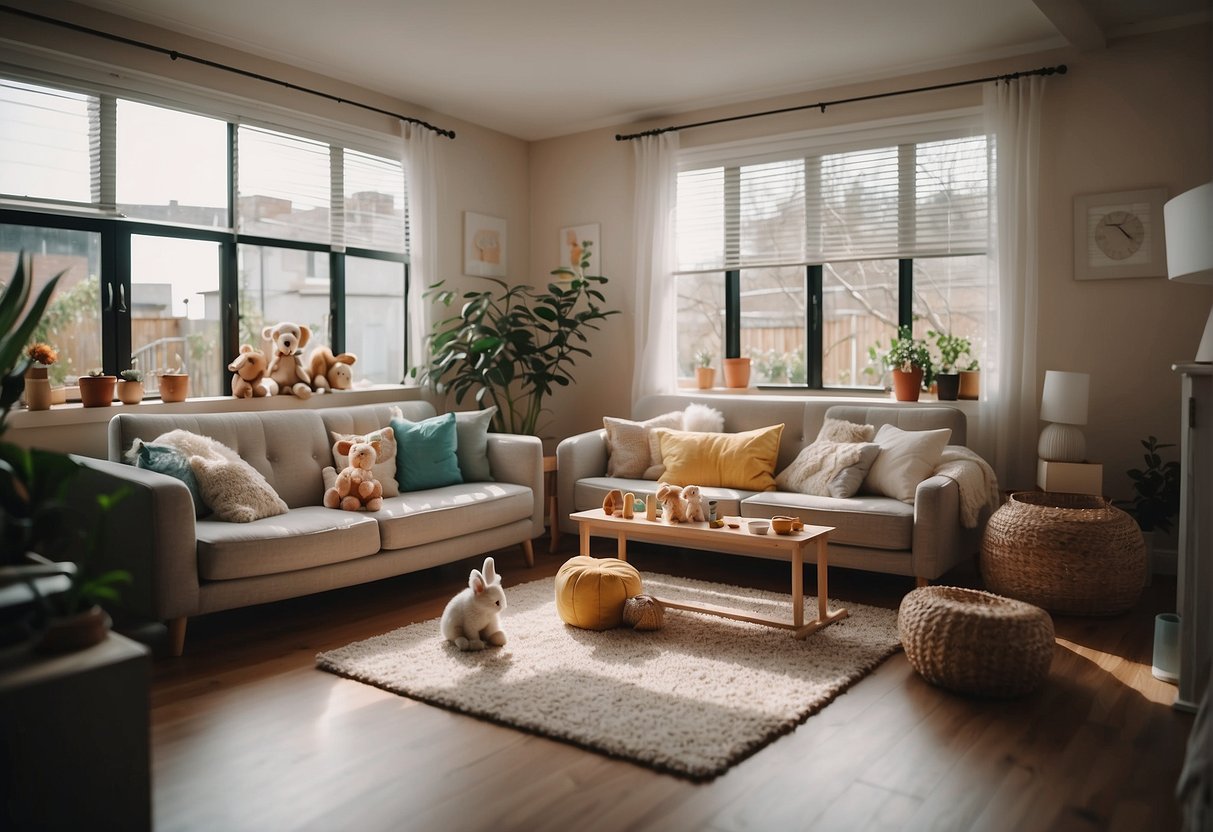
When preparing your home for a shelter dog home inspection, it’s crucial to foster an environment that supports behavioral stability and positive interactions.
Family Meeting
Gather your household together to discuss the responsibilities and expectations that come with a new dog. Consistency is key, so everyone should agree on rules like where the dog is allowed and where it should take potty breaks. Discuss the importance of routine in reducing a dog’s stress and anxiety.
Understanding Dog Behavior
Learn about common behavioral issues in dogs, like separation anxiety or the need for frequent play sessions. This knowledge helps to manage expectations and prepare a fitting response. Understanding that patience and positive reinforcement are vital in addressing a dog’s behavior will equip you to create a supportive environment.
Role-Playing Scenarios
Act out different situations to ensure everyone knows how to handle potential challenges. These could include:
- Using gates or barriers to establish boundaries
- Obedience training with commands such as “sit” and “stay”
- Administering clicker training or giving treats to enforce positive behavior
Documentation and Proof of Preparation
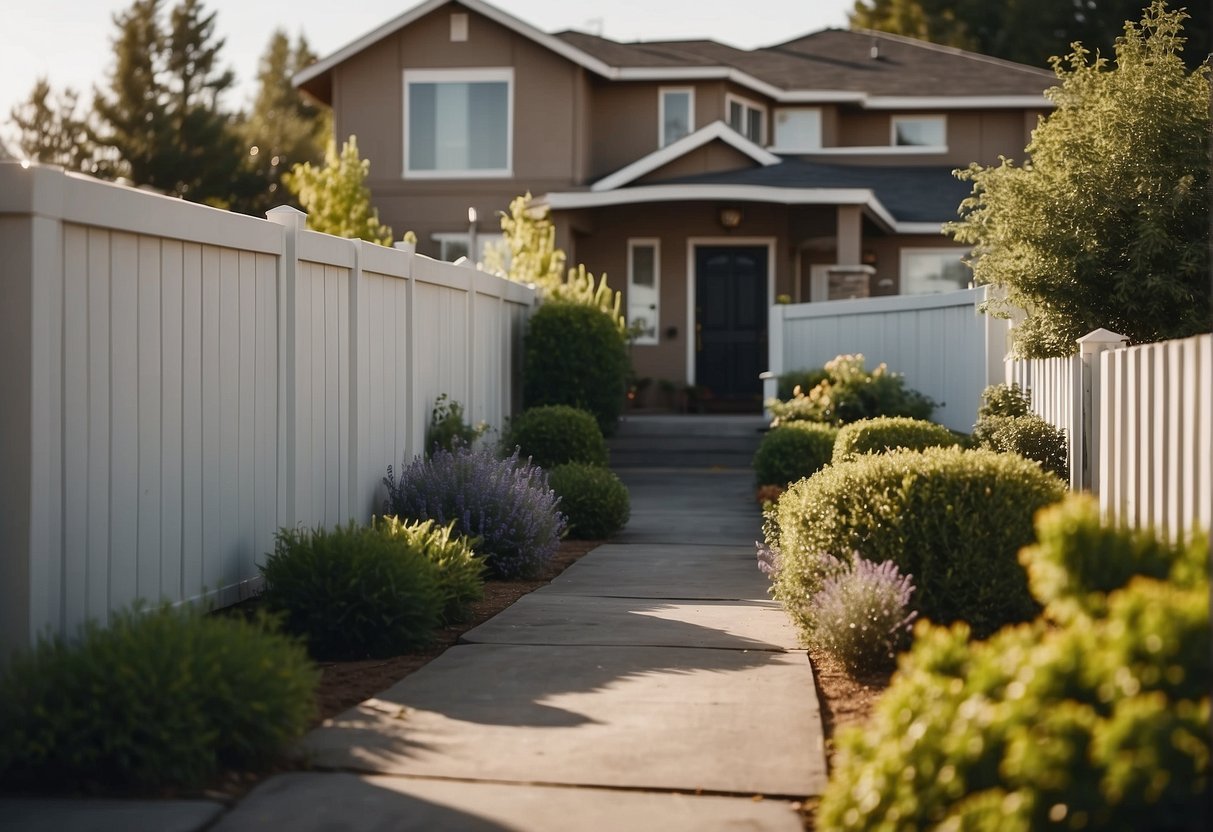
When you’re getting ready for a shelter dog home inspection, you’ve got a few big things to get in order. You need to show that you’re ready for the commitment and responsibility of a new dog. This means having all your paperwork sorted out, like vaccination records and local licenses. Let’s not forget proving that your living space is a thumbs-up for pets. Here’s how you can get your ducks in a row.
Vaccination Records
Your new doggy pal needs to be safe and that means shots are up-to-date. Vaccination records are a must-have. They show the shelter that you’re serious about keeping your dog healthy. Make sure your records are all current and neatly organized. You should have proof of:
- Rabies vaccination
- Parvovirus vaccination
- Distemper vaccination
- Hepatitis vaccination
Local Licenses
Next up, show you’re on the level with the law. You might need a local license for your dog. Every place has its own rules, so check what your area asks for. Usually, you get this from your city or county’s animal services. You’ll want to have:
- Application for the license
- Receipt of payment for the license
Proof of Pet-Friendly Living Arrangements
Lastly, you’ll need to prove your pad is perfect for a pooch. Proof of pet-friendly living arrangements can be a letter from your landlord saying it’s cool to have pets or a copy of the pet policy if you own your place. Check you’ve got:
- Written permission for pets if you rent
- Pictures of your living space showing it’s safe and comfy for a dog
And don’t forget, your new dog will need an ID tag with your name and number on it. Plus, show you’re ready to support your pet by having a list of resources, like your vet’s contact info and a nearby pet store, just in case you need to dash out for some doggy things. All this shows you’re not just excited but also ready to donate your time and love to a dog that needs a home.
Final Thoughts
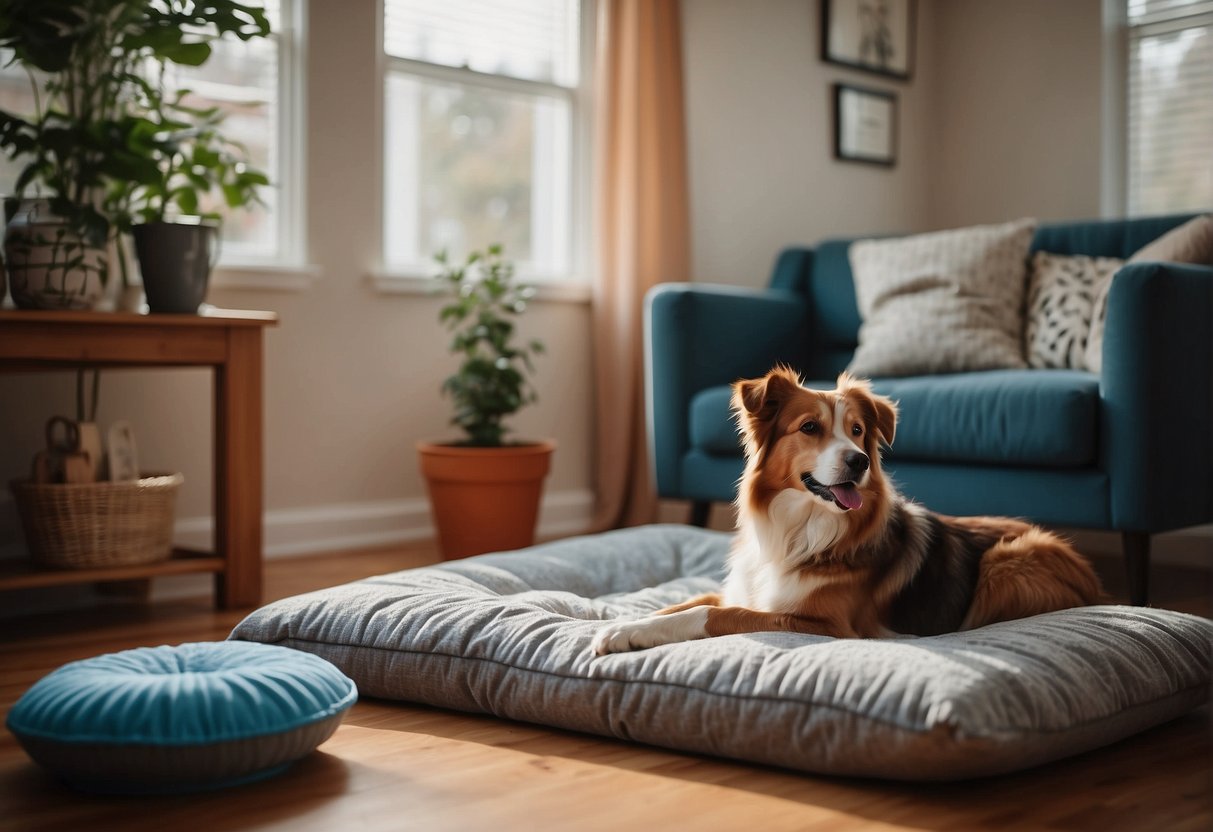
Preparing your home for a shelter dog inspection means keeping an open mind and setting realistic expectations. Remember, adopting a rescue dog is a significant decision that reshapes both your life and the dog’s.
Decompression Time: Imagine moving to a completely new place. You’d need time to settle in, right? Your new dog feels the same. Give your dog a decompression walk to ease into the new living environment. Be patient during this adjustment period.
Trial and Error: You won’t get everything perfect right away, and that’s okay! Figuring out what works best for you and your pet may take some trial and error. Be ready to learn and adapt as you go.
Creating a Suitable Home: Your living environment should be safe and comfortable for a pet. It’s more than just space – it’s about making your home a place where a dog can feel secure and loved.
Pet Parenthood: Older dogs or those with special needs may require additional attention and care. As you embark on this journey of pet parenthood, be prepared to support your new companion as they adapt to their home.
